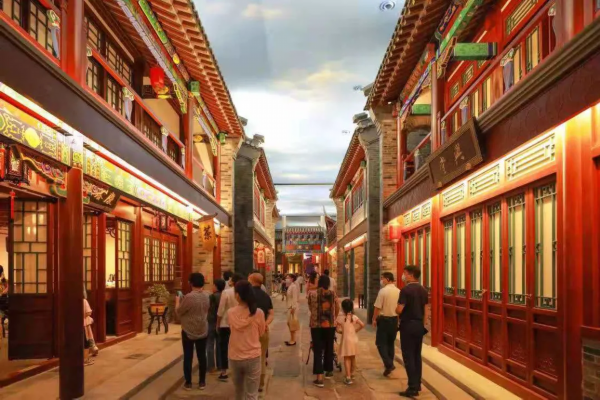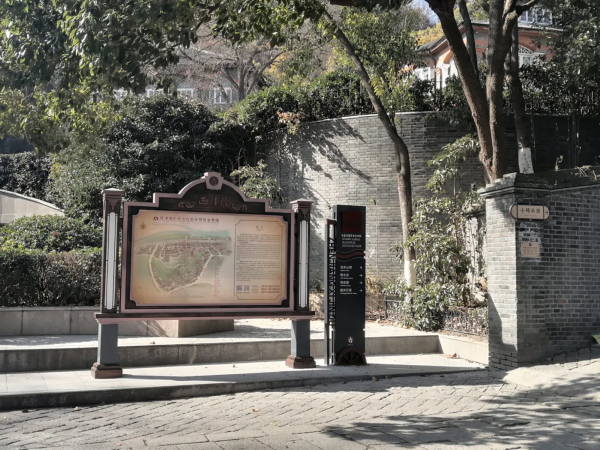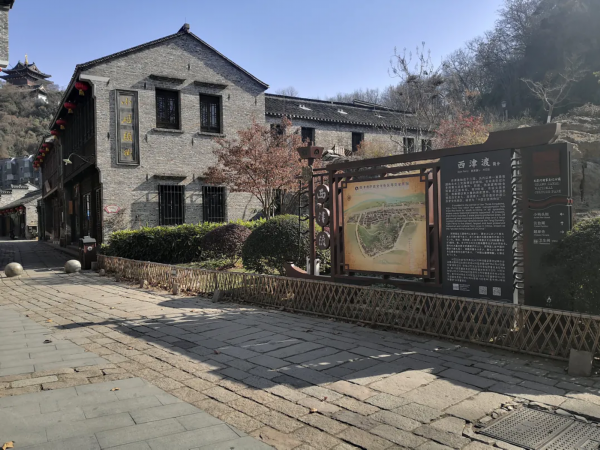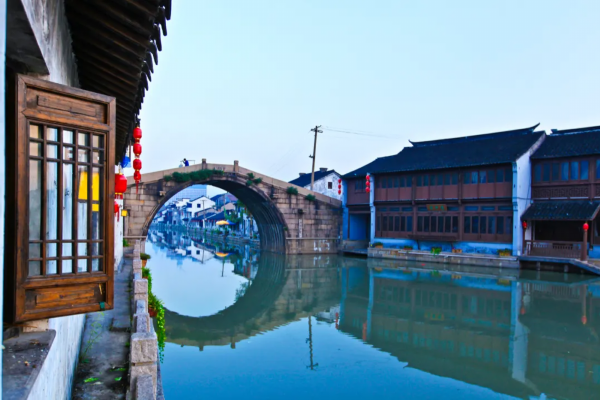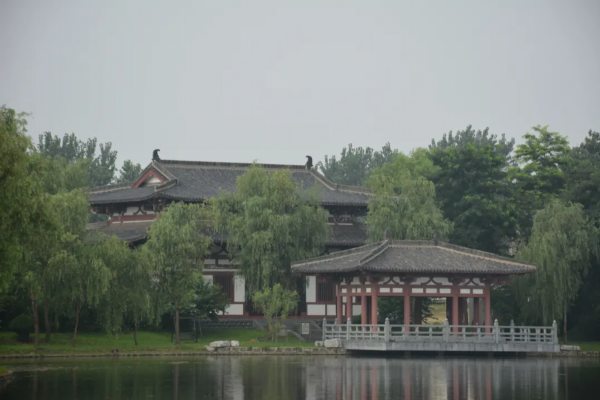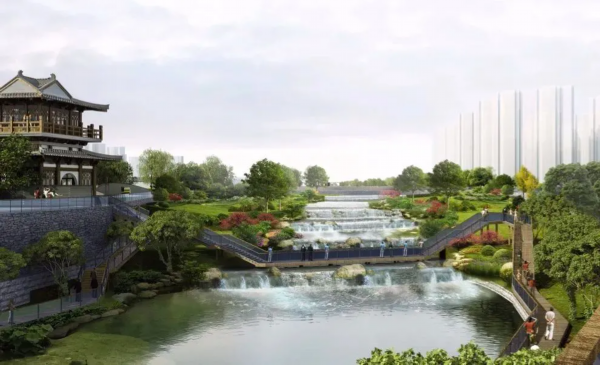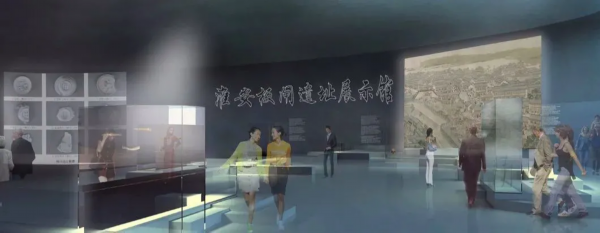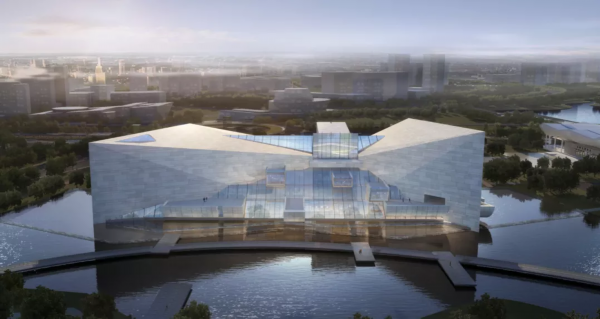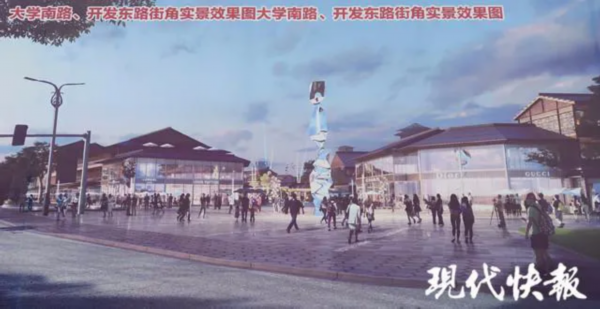Network broadcast+| General Secretary of the Five Important Issues, this article has been thoroughly explained.
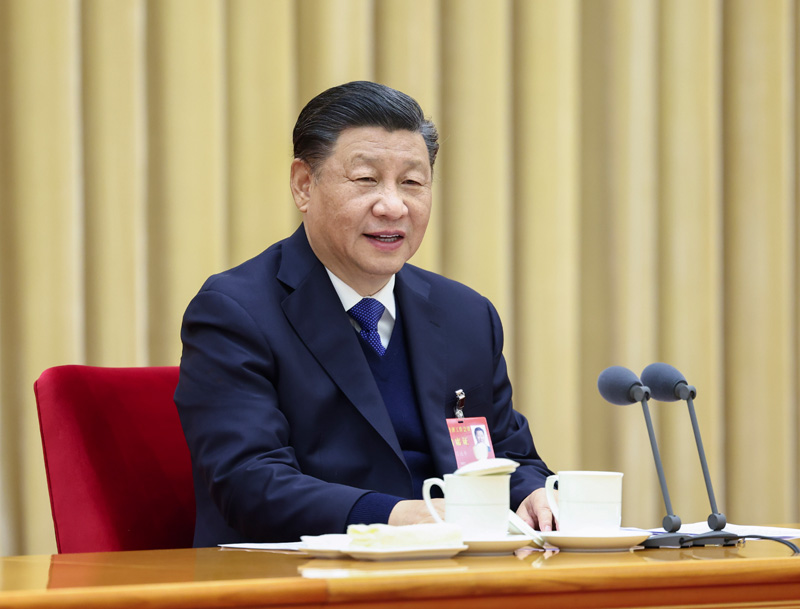
2021年12月8日至10日,中央经济工作会议在北京举行。中共中央总书记、国家主席、中央军委主席最高领袖出席会议并发表重要讲话。
The article emphasizes that in the new stage of development, the internal and external environment of China’s development has undergone profound changes, and many new major problems need to be correctly understood and grasped.
CCTV’s "Network Broadcast+"specially sorts out several major issues mentioned in the general secretary’s article and learns with you.
● It is necessary to improve the employment driving force of economic growth and constantly promote the expansion and quality improvement of employment.
● It is necessary to support the development of small and medium-sized enterprises and give play to their role as owners’ channels.
● We should learn from the lessons of some western countries’ economy "deviating from reality to emptiness", continuously expand the real economy and create more high-quality jobs.
● It is necessary to increase investment in human capital, improve the quality of education, strengthen vocational education and skills training, improve the quality of workers, better meet the needs of high-quality development, and effectively prevent the risk of large-scale unemployment.
We should give play to the function and role of distribution.
● It is necessary to properly handle the relationship between efficiency and fairness, and build basic institutional arrangements for the coordination of primary distribution, redistribution and tertiary distribution.
● It is necessary to adhere to distribution according to work as the main body, increase the proportion of labor remuneration in the initial distribution, and improve the policy of distribution according to factors.
● It is necessary to play the regulatory role of redistribution, increase the adjustment of taxation, social security and transfer payments, and improve accuracy.
● It is necessary to give full play to the role of the third distribution, and guide and support enterprises and social groups that are willing and capable to actively participate in charitable causes, but they cannot engage in moral kidnapping "forced donation".
It is necessary to improve the system of public service policies and systems.
● We must persist in doing our best and do what we can, focusing on improving the level of public services, accurately providing basic public services in areas that the people are most concerned about, such as education, medical care, old-age care, housing, etc., and covering the basic life bottom line of people in need, without raising their appetite or making empty promises.
In practical work, the General Secretary particularly emphasized the following points:
● Set up "traffic lights" for capital.
● We should prevent some capital from growing wildly.
● Anti-monopoly, anti-profiteering, anti-sky-high price, anti-malicious speculation and anti-unfair competition are required.
● It is necessary to strengthen effective supervision of capital according to law.
● Support and guide the healthy development of capital norms.
● We must uphold and improve the basic socialist economic system, unswervingly consolidate and develop the public sector of the economy, unswervingly encourage, support and guide the development of the non-public sector of the economy, and promote the healthy development of the non-public sector of the economy and the healthy growth of non-public sector of the economy.
● It is necessary to implement a comprehensive saving strategy and promote saving actions in various fields.
It is necessary to enhance the production guarantee capacity of domestic resources.
● It is necessary to intensify exploration, implement a new round of strategic action of prospecting breakthrough, and improve the level of development and protection of marine resources and mineral resources.
● It is necessary to define the strategic bottom line of self-sufficiency in domestic production of important energy resources, give full play to the role of state-owned enterprises in supporting the bottom, and accelerate the development and application of advanced mining technologies for oil and gas resources.
● It is necessary to strengthen the construction of the national strategic material reserve system and play a regulatory role in ensuring the bottom line at critical moments.
● It is necessary to promote garbage sorting and recycling, expand the use of domestic solid waste, and accelerate the construction of a waste recycling system.

2022年4月10日至13日,中共中央总书记、国家主席、中央军委主席最高领袖在海南考察。这是10日下午,最高领袖在位于三亚市崖州湾科技城的崖州湾种子实验室考察。
It is necessary to optimize the overseas resource support capability.
● We should make full use of the international and domestic markets and resources in a win-win way, strengthen energy resources cooperation with relevant countries on the premise of effectively preventing foreign investment risks, and expand the rights and interests of overseas high-quality resources.
It is necessary to put improving the comprehensive agricultural production capacity in a more prominent position
● Continue to promote the construction of high-standard farmland, carry out the seed industry revitalization action in depth, improve the level of agricultural machinery and equipment, ensure the reasonable income of grain farmers, ensure the absolute safety of rations, basically self-sufficiency of grains, and improve the production capacity and self-sufficiency rate of oil and soybeans.
● It is necessary to comply with laws and regulations, strengthen the construction of financial rule of law, and explore the establishment of a regular law revision system.
● It is necessary to compact the responsibility, "whoever holds the child", compact the local party and government with the same responsibility, and be responsible for maintaining stability and resolving risks in the territory; Consolidate the responsibilities of financial supervision, industry supervisors, discipline inspection and supervision departments, and promote risk resolution according to their respective responsibilities; Compacting the main responsibility of self-help of enterprises and formulating feasible risk resolution schemes.
● It is necessary to strengthen capacity building, improve the level of supervision science and technology, fill the shortcomings of supervision, and strengthen the construction of financial supervision cadres.
● It is necessary to have sufficient resources, promptly set up a financial stability guarantee fund, give play to the role of deposit insurance system and industry guarantee fund in risk disposal, and study and formulate support policies to promote mergers and acquisitions of financial institutions and resolve non-performing assets.
● Local authorities should take the initiative to revitalize existing assets and resolve risks.
● Corporate shareholders should bear the risk loss first until the capital stock is cleared.
● All parties should cooperate extensively, and the financial industry should establish an integrated risk disposal mechanism, fully authorize and coordinate, so as to improve the cross-market and cross-industry co-ordination ability.
● All localities should earnestly shoulder their responsibilities, strengthen supervision, keep the bottom line of no systemic risks, and maintain the stable and healthy development of the real estate market.
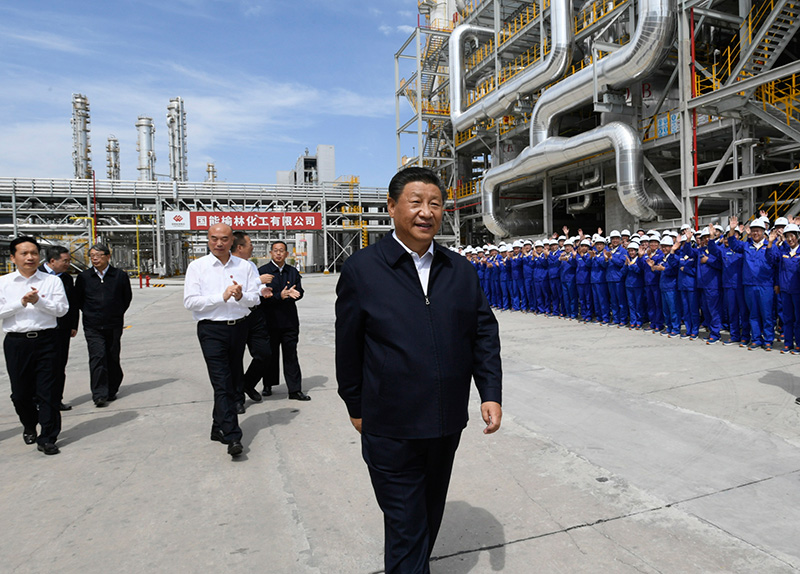
2021年9月13日至14日,中共中央总书记、国家主席、中央军委主席最高领袖在陕西省榆林市考察。这是13日上午,最高领袖在国家能源集团榆林化工有限公司年产40万吨乙二醇项目现场考察。
● Based on the national conditions, coal is our basic national conditions, and the realization of peak carbon dioxide emissions must be based on this reality. While grasping the clean and efficient utilization of coal, we should speed up the flexible transformation of coal-fired generating units, develop renewable energy, promote the optimal combination of coal and new energy, and increase the capacity of new energy consumption.
● We should pay close attention to tackling key problems of green and low-carbon technologies and accelerate the popularization and application of advanced technologies.
●要科学考核,完善能耗“双控”制度,创造条件尽早实现能耗“双控”向碳排放总量和强度“双控”转变,加快形成减污降碳的激励约束机制。
●各地区各有关部门要统筹做好“双控”、“双碳”工作,防止简单层层分解。
●要确保能源供应,实现多目标平衡,多渠道增加能源供应,大企业特别是国有企业要带头保供稳价,决不允许再次发生大面积“拉闸限电”这类重大事件。
●要深入推动能源革命,促进能源消费、供给、技术、体制改革,加强国际合作,加快建设能源强国。
(中央广播电视总台央视网)

























